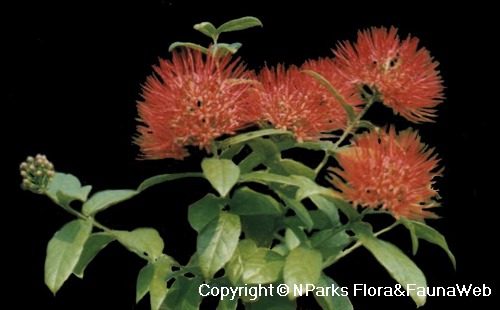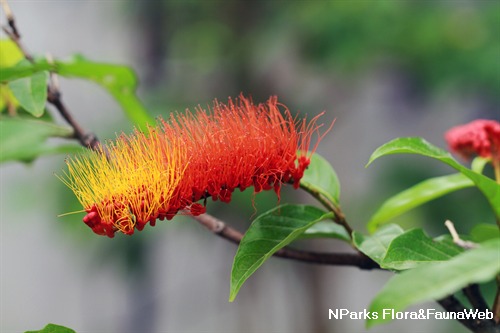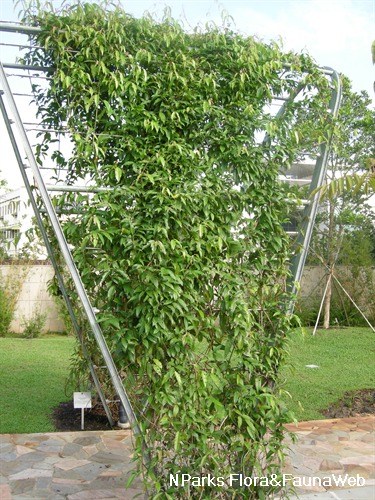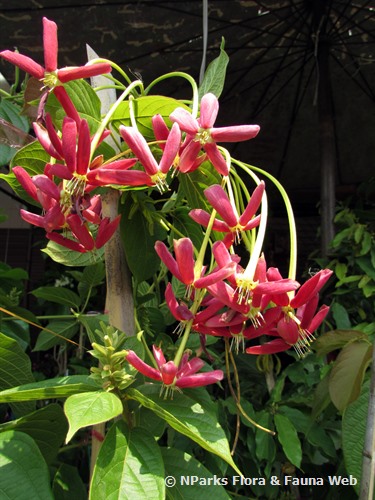
Back
Combretum indicum (L.) DeFilipps
| Family Name: | Combretaceae |
| Synonyms: | Quisqualis indica |
| Common Name: | Rangoon Creeper, Drunken Sailor, Akar Dani, Akar Suloh, Dani, Ara Dani, Akar Pontianak, Red Jasmine |
Name
Classifications and Characteristics
| Plant Division | Angiosperms (Flowering Seed Plants) (Dicotyledon) |
|---|---|
| Plant Growth Form | Climber |
| Lifespan (in Singapore) | Perennial |
| Mode of Nutrition | Autotrophic |
Biogeography
| Native Distribution | Philippines, India and Malaysia |
|---|---|
| Native Habitat | Terrestrial |
| Preferred Climate Zone | Tropical |
| Local Conservation Status | Non-native (Spontaneous (Casual)) |
Description and Ethnobotany
| Growth Form | A woody climber. It climbs by means of hooks and can grow up to 8m tall. |
|---|---|
| Foliage | The leaves are arranged in opposite pairs along the stem and are elliptic to elliptic-oblong in shape, it is abaxially pilose and adaxially glabrous except for the mid-vein which is brown and pilose. The leaf petiole is modified into a thorny grappling hook as a climbing aid. Leaves measure about 5 - 18 cm by 2.5 - 7 cm. |
| Stems | The young branches are tomentose. |
| Flowers | The fragrant flowers are borne on a pendant raceme and are white in colour, the upper surface of the flower turns pink then red over a period of time. |
| Fruit | The fruit is a drupe and is red, turning dark brown when mature. The fruit is elliptic-ovate in shape and is 5-ribbed, appearing star-shaped when seen in cross-section. Fruit is glabrous and measures about 2.7 - 4 cm by 1.2 - 2.3 cm. |
| Similar | Usually found in rain forests, hedges, mountains, riversides and wasteland; below 1500 m. |
| Etymology | Genus name Quisqualis is derived from the Malay name "udani" and refers to the variable habit and colouring of the plant. Species name indica refers to being from India. |
| Ethnobotanical Uses | Medicinal: Seeds are used as medicine to kill intestinal parasites. |
Landscaping Features
| Desirable Plant Features | Ornamental Flowers, Fragrant (Flowers) |
|---|---|
| Landscape Uses | Parks & Gardens, Trellis / Arbour / Pergola |
| Thematic Landscaping | Fragrant / Aromatherapy Garden |
Fauna, Pollination and Dispersal
| Pollination Method(s) | Biotic (Fauna) |
|---|
Plant Care and Propagation
| Light Preference | Full Sun |
|---|---|
| Water Preference | Moderate Water |
| Plant Growth Rate | Fast |
| Rootzone Tolerance | Well-Drained Soils |
| Propagation Method | Seed, Stem Cutting (Softwood) |
Foliar
| Foliage Retention | Evergreen |
|---|---|
| Mature Foliage Colour(s) | Green |
| Mature Foliage Texture(s) | Velvety / Furry / Tomentose |
| Foliar Type | Simple / Unifoliate |
| Foliar Arrangement Along Stem | Opposite |
| Foliar Attachment to Stem | Petiolate |
| Foliar Shape(s) | Non-Palm Foliage |
| Foliar Venation | Pinnate / Net |
| Foliar Margin | Entire |
| Foliar Apex - Tip | Acuminate |
| Foliar Base | Rounded / Obtuse |
Floral (Angiosperm)
| Flower Colour(s) | Pink, Red, White |
|---|---|
| Flower Grouping | Cluster / Inflorescence |
| Inflorescence Type | Raceme |
Image Repository
Others
| Master ID | 201 |
|---|---|
| Species ID | 1497 |
| Flora Disclaimer | The information in this website has been compiled from reliable sources, such as reference works on medicinal plants. It is not a substitute for medical advice or treatment and NParks does not purport to provide any medical advice. Readers should always consult his/her physician before using or consuming a plant for medicinal purposes. |

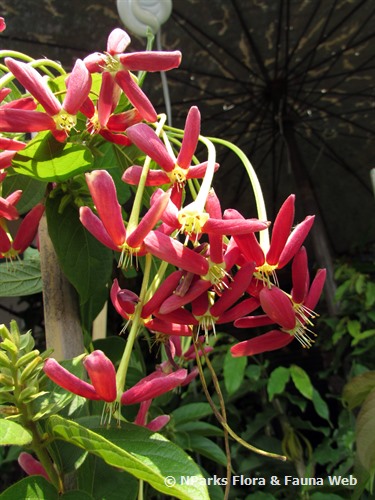
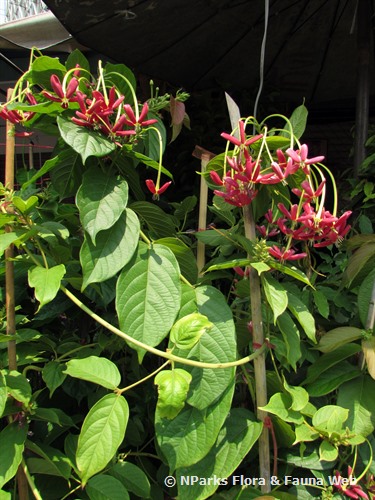
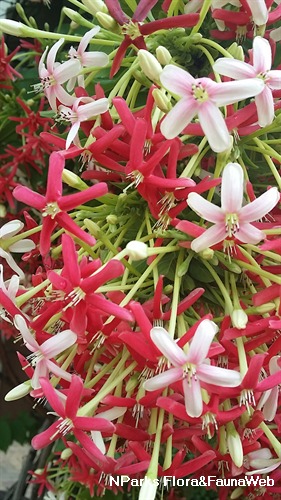
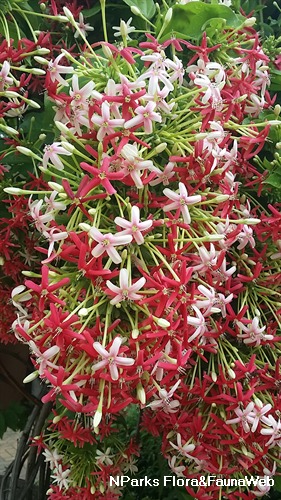
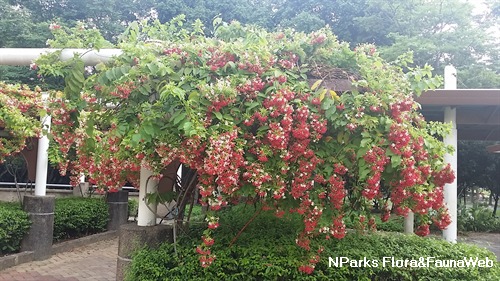
_-pauline_tay-(2).jpg)
